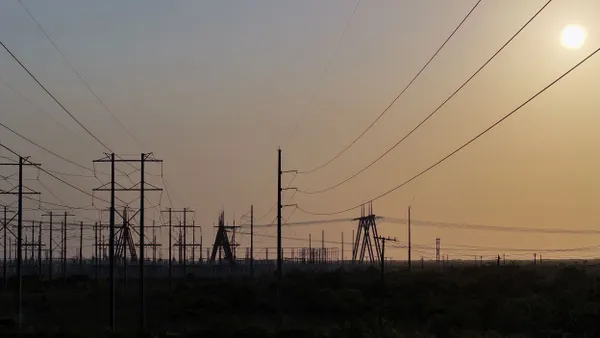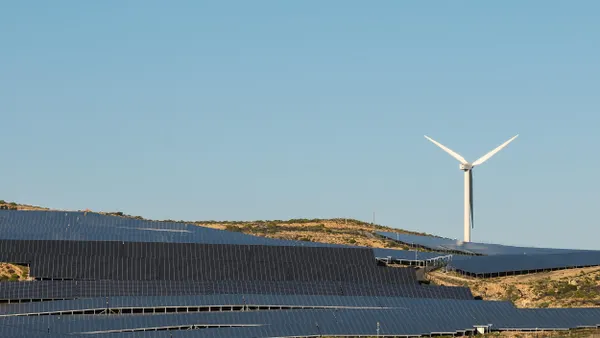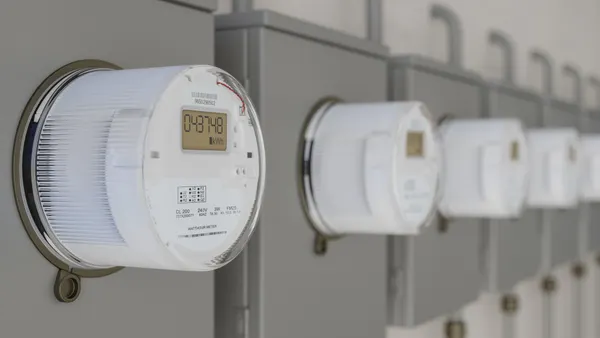UPDATE: July 30, 2019: Consolidated Edison announced on Monday its conclusion that the July 13 blackout was caused by a "flawed connection between some of the sensors and protective relays at the substation."
The utility said that it has isolated similar relay equipment at other substations as a precaution.
"We will analyze and test the equipment before we put it back in service," ConEd said in a statement. "Our electrical delivery system continues to operate with multiple layers of relay protection."
Dive Brief:
- Consolidated Edison on Monday said preliminary results of an investigation into a weekend power outage on Manhattan's West Side indicated a failed relay protection system was the primary cause.
- The utility initially blamed a "significant transmission disturbance," but now says the relay protection system at its West 65th Street substation "did not operate as designed."
- The outages began shortly before 7 p.m. on Saturday, leaving approximately 72,000 customers without power. ConEd got the last of six electrical networks back in service shortly before midnight the same day.
Dive Insight:
ConEd says its analysis of Saturday's blackout will continue, but preliminary conclusions point to the failure of a system designed to detect electrical faults, and then direct circuit breakers to isolate and de-energize those faults.
"The relay protection system is designed with redundancies to provide high levels of reliability," ConEd said in a statement Monday afternoon. In this case, the utility said, primary and backup relay systems failed to isolate a faulted 13 kV distribution cable at West 64th Street and West End Avenue.
The relay system failure then resulted in isolation of the fault at ConEd's West 49th Street transmission substation — and the subsequent loss of a half dozen electrical networks, starting at 6:47 p.m.
Officials quickly said a cyber or physical attack had been ruled out, as was excess demand.
"Based on our experience with the transmission and distribution system, we initially believed the 13,000-volt cable fault was unrelated to the transmission disturbance" ConEd said. "While the cable fault was an initiating event, the customer outages were the result of the failure of the protective relay systems."
All customers had power restored within five hours, said ConEd. For more than half of customers, the outage lasted less than three hours. Since restoring power, the utility said it has inspected and tested transmission equipment, and analyzed large volumes of data related to the blackout.
"Through this work, we determined that the outage was not caused by transmission equipment," ConEd said. "Further analysis identified the issues with the relay protection system."
Work will now turn to understanding why the system failed, despite multiple built-in redundancies.
"Analysis of data and testing of the relay protection equipment is continuing, and will provide more insight into why the system, and its multiple redundancies, did not operate as designed," ConEd said.
New York Gov. Andrew Cuomo, D, has directed the state's Public Service Commission to investigate the blackout. He called the event "unacceptable." At its peak, the loss of power shut down five subway lines.
"I have directed the PSC to do a full and thorough investigation into the cause ... we will hold all parties accountable in ensuring this does not happen again," Cuomo said in a statement.













